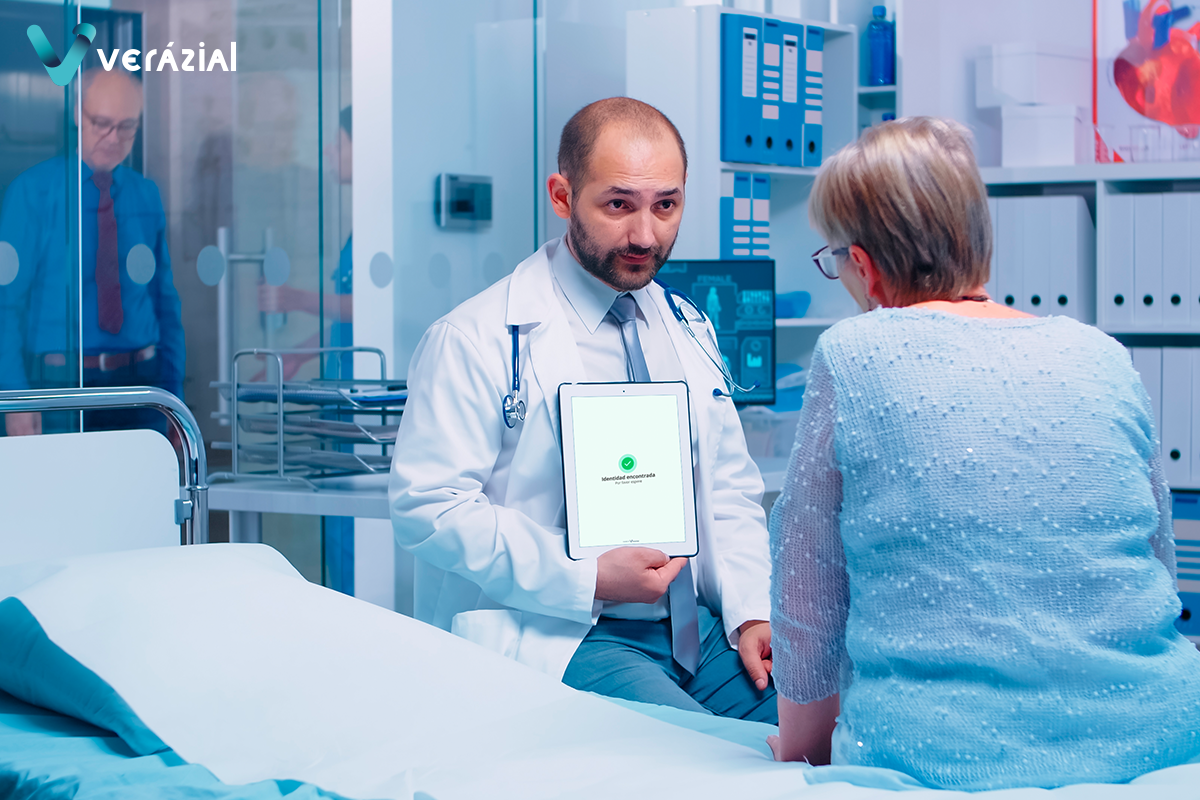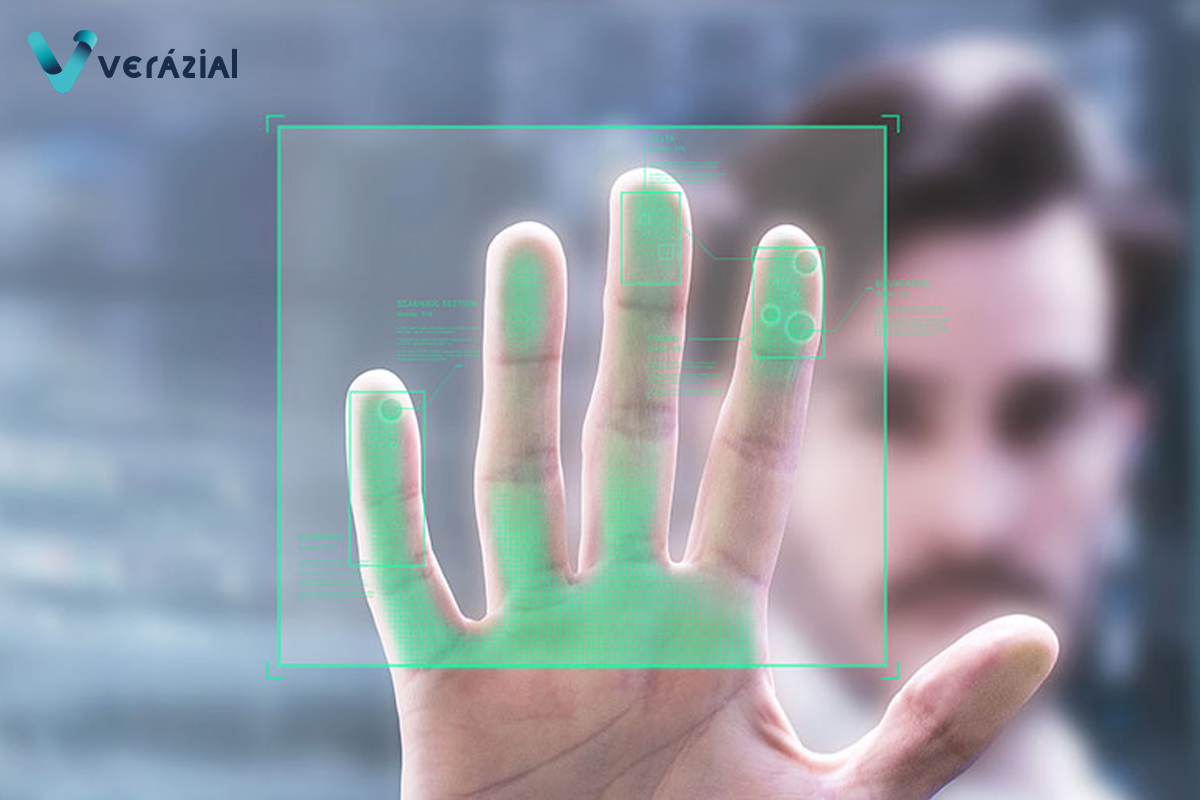Welcome to
our Blog
Here you can learn about the latest biometric developments for your sector
Welcome to
our Blog
Here you can learn about the latest biometric developments for your sector
Welcome to
our Blog
Here you can learn about the latest biometric developments for your sector
Patient Identification Wristbands: Are they enough to ensure Patient Safety?
Correct patient identification is essential to avoid errors that compromise patient safety. While patient ID wristbands are a common method, they have limitations. The integration of biometric technologies offers a precise and reliable solution that complements and enhances security in identification processes, ultimately improving the quality of medical care.
Biometric Identification for Accurate Treatment and Access Control in Hospitals
The adoption of biometric technology in hospitals strengthens security protocols through reliable identification of patients and authorized personnel. This helps prevent critical clinical errors, control access to sensitive areas and ensures accurate traceability throughout the care process, guaranteeing patient safety and quality of care.
Forensic Biometrics: The Role of Palmprints and Rolled Fingerprints in Criminalistics
Palmprint and rolled fingerprint biometrics have established themselves as essential tools in forensic and criminal identification, offering a greater level of detail and coverage than flat fingerprints. Traditionally applied in police contexts, their use is now expanding into other critical environments such as correctional facilities, criminal records, and identity management systems—where precision in identification is vital.
Patient Identification Wristbands: Are they enough to ensure Patient Safety?
Correct patient identification is essential to avoid errors that compromise patient safety. While patient ID wristbands are a common method, they have limitations. The integration of biometric technologies offers a precise and reliable solution that complements and enhances security in identification processes, ultimately improving the quality of medical care.
Biometric Identification for Accurate Treatment and Access Control in Hospitals
The adoption of biometric technology in hospitals strengthens security protocols through reliable identification of patients and authorized personnel. This helps prevent critical clinical errors, control access to sensitive areas and ensures accurate traceability throughout the care process, guaranteeing patient safety and quality of care.
Forensic Biometrics: The Role of Palmprints and Rolled Fingerprints in Criminalistics
Palmprint and rolled fingerprint biometrics have established themselves as essential tools in forensic and criminal identification, offering a greater level of detail and coverage than flat fingerprints. Traditionally applied in police contexts, their use is now expanding into other critical environments such as correctional facilities, criminal records, and identity management systems—where precision in identification is vital.
The Role of Biometric Technologies in the Pharma 4.0 Model: Security and Regulatory Compliance
In the pharmaceutical industry, the signature of the responsible individual is essential for compliance with (GMP) regulations. However, traditional methods may pose security risks. In a Pharma 4.0 environment, biometrics provides a secure solution, ensuring data integrity and enhancing traceability for more precise regulatory compliance.
Subscribe to our newsletter
Receive information of interest about biometrics for your sector
Subscribe to our newsletter
Receive information of interest about biometrics for your sector
Subscribe to our newsletter
Receive information of interest about biometrics for your sector





